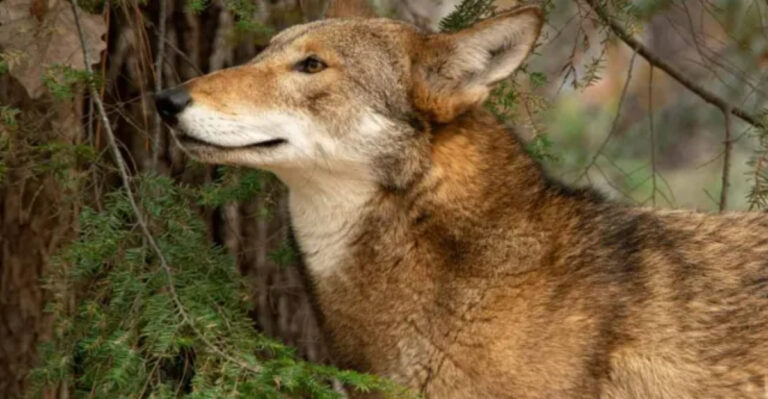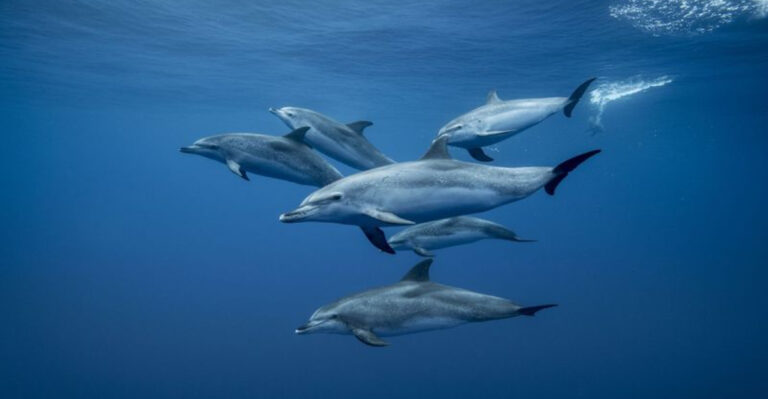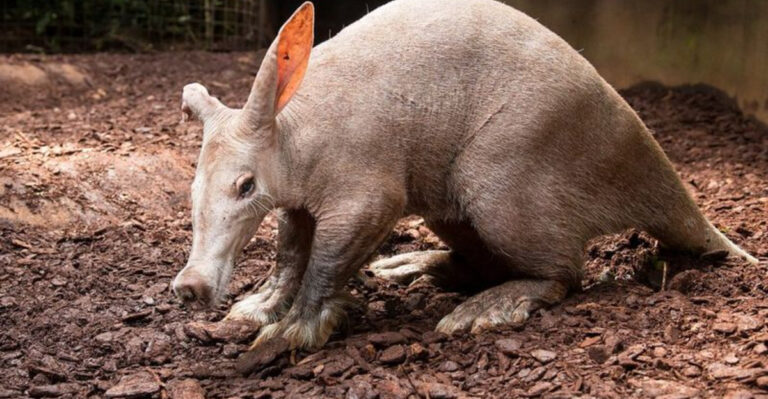What This 9-Million-Year-Old Shark Fossil Can Teach Us About Prehistoric Marine Life
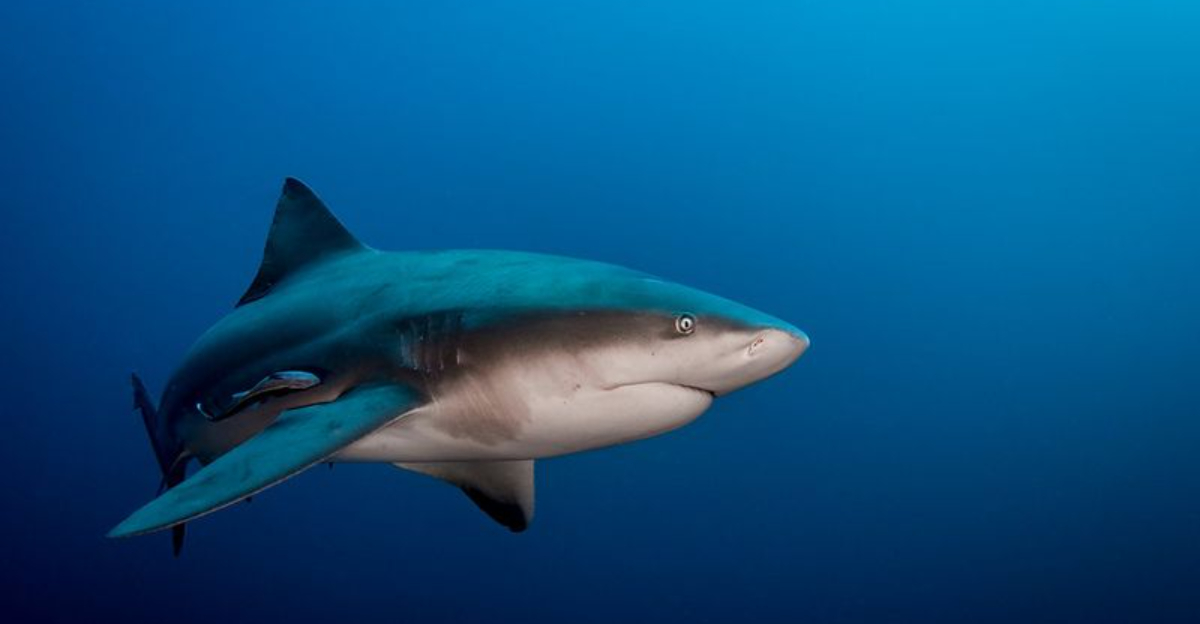
Imagine stumbling upon a relic from a world millions of years ago – one where giant predators ruled ancient seas. That’s exactly what happened in Peru’s Pisco Basin, where a 9-million-year-old shark fossil was unearthed, revealing secrets of prehistoric marine life.
This incredible find offers more than just ancient teeth – it’s a window into the world of a vanished ocean ecosystem. So, what can this ancient predator teach us about the past?
1. Ancient Predator Revealed
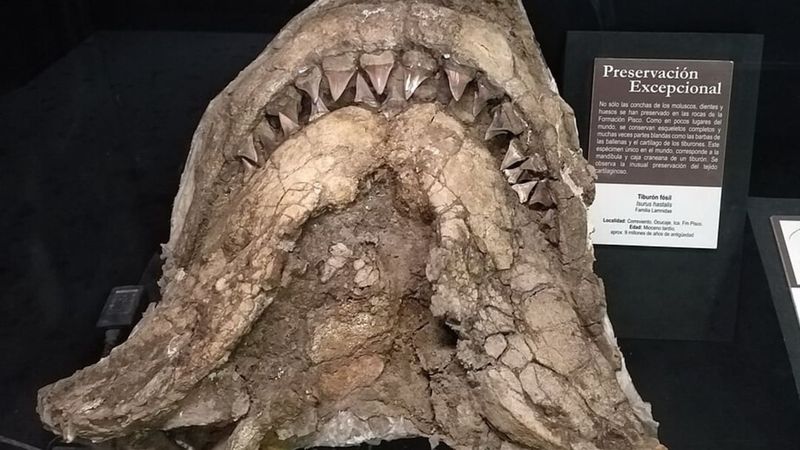
Beneath layers of sediment lay the ultimate time capsule – teeth sharper than kitchen knives and bigger than your palm!
This ancient shark wasn’t just another fish in the sea. Scientists believe it occupied the same ecological niche as today’s great whites, keeping prehistoric ocean populations in check.
2. A Glimpse Into Prehistoric Seas
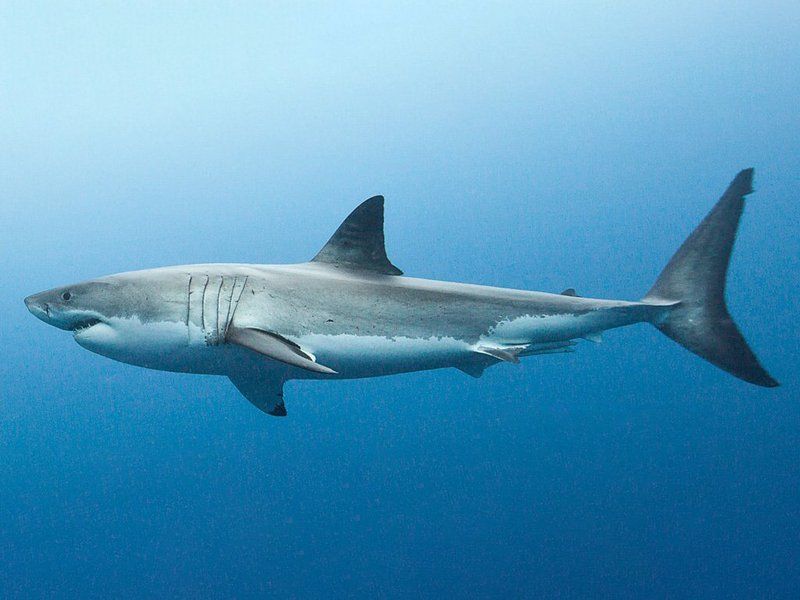
Picture warm, shallow seas teeming with creatures straight from a sci-fi movie! The fossil was surrounded by other marine remains – ancient shellfish, coral fragments, and bone pieces from prey animals.
This collection paints a vivid portrait of a thriving ecosystem where our shark ruled as apex predator, much like a underwater king.
3. How Sharks Ruled Ancient Oceans
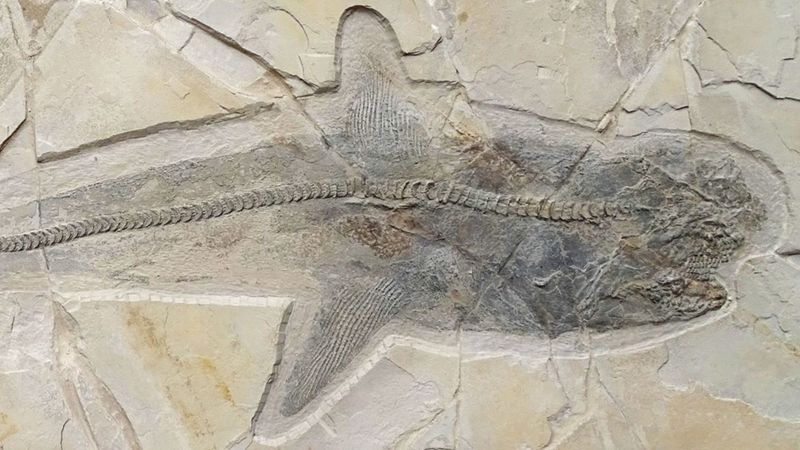
Forget dinosaurs – sharks were the true prehistoric survivors! While T-Rex and friends came and went, shark species evolved and thrived for over 400 million years.
This particular 9-million-year-old specimen shows remarkably similar hunting adaptations to modern sharks, proving their evolutionary strategy was nearly perfect from the start.
4. Fossil Location Unveils Secrets
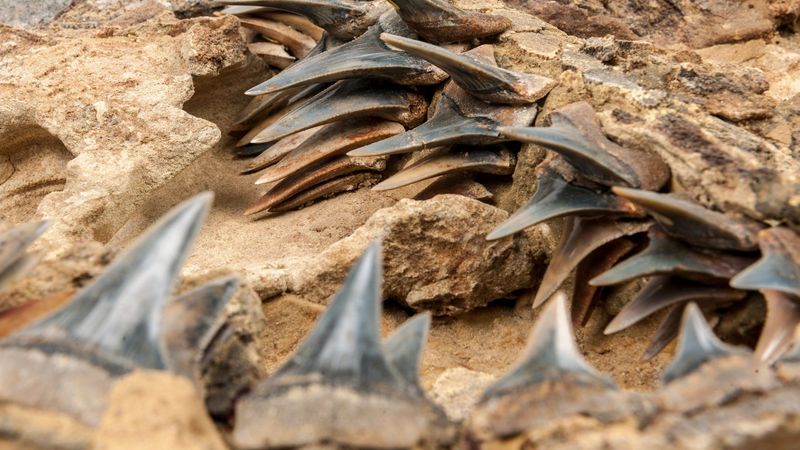
Found in what’s now a bone-dry desert, this fossil tells a tale of dramatic climate change! The discovery location was once completely underwater – part of an ancient coastline.
Geological shifts gradually transformed ocean into land, preserving our shark in what became an unlikely time capsule miles from any modern ocean.
5. Understanding Ancient Shark Teeth
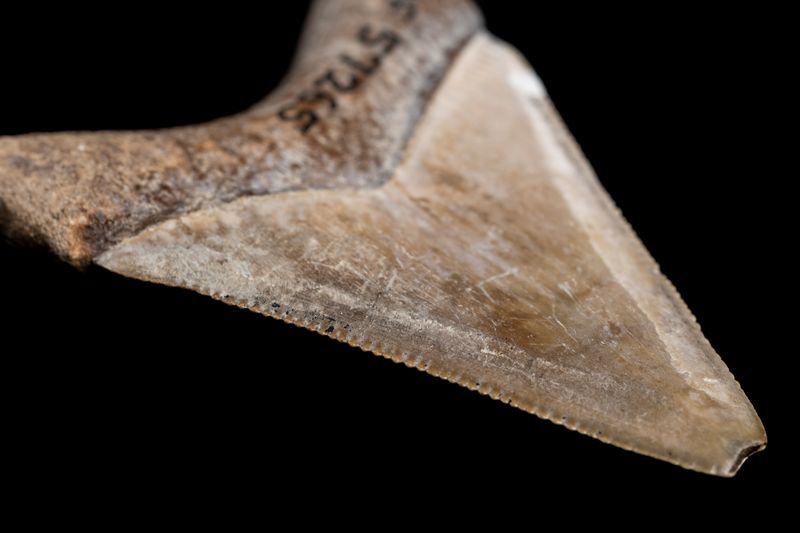
Like fingerprints, no two shark teeth tell exactly the same story! The microscopic scratches on these fossilized teeth reveal hunting habits and favorite meals.
Scientists spotted distinctive wear patterns suggesting this shark specialized in attacking medium-sized marine mammals, using its serrated teeth to slice through tough blubber and bone.
6. What Makes This Fossil Unique
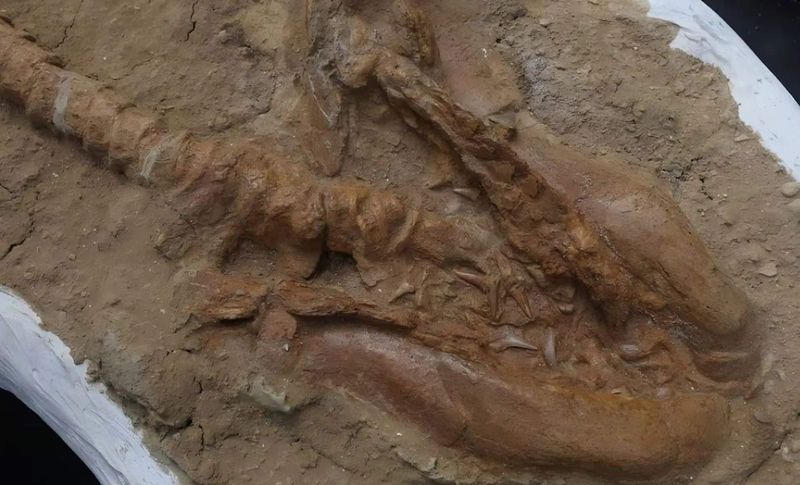
Gold miners have nothing on paleontologists who struck the scientific jackpot with this find! Unlike most shark fossils that consist of scattered teeth, this specimen includes rare cartilage impressions and vertebrae.
The exceptional preservation happened because the shark was quickly buried in oxygen-poor sediment, preventing decomposition that normally destroys soft tissues.
7. Size And Shape Of The Ancient Shark
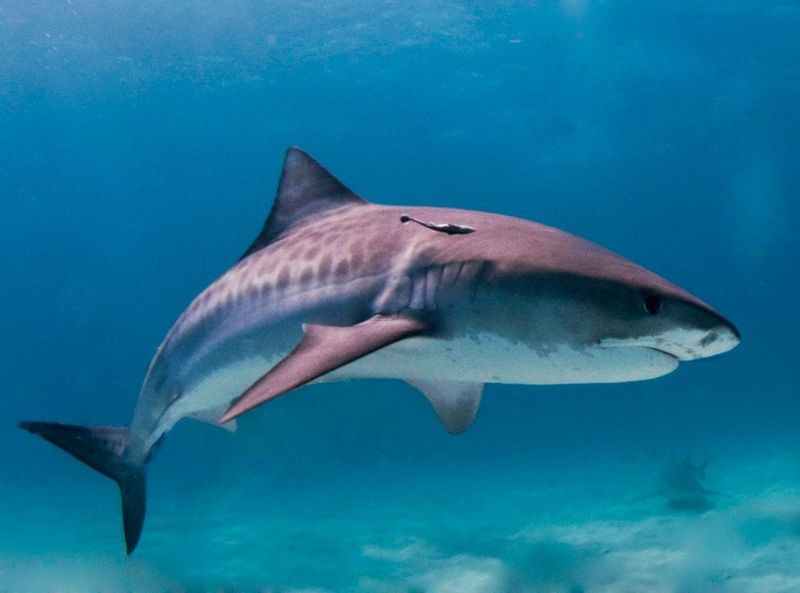
Jaws dropping everywhere – this ancient beast would make modern sharks look like minnows! Based on tooth dimensions and jaw reconstruction, researchers estimate this shark stretched nearly 20 feet long.
Its streamlined body shape suggests it was built for bursts of speed, allowing it to ambush prey with lightning-fast attacks from below.
8. Clues About Prehistoric Ocean Life
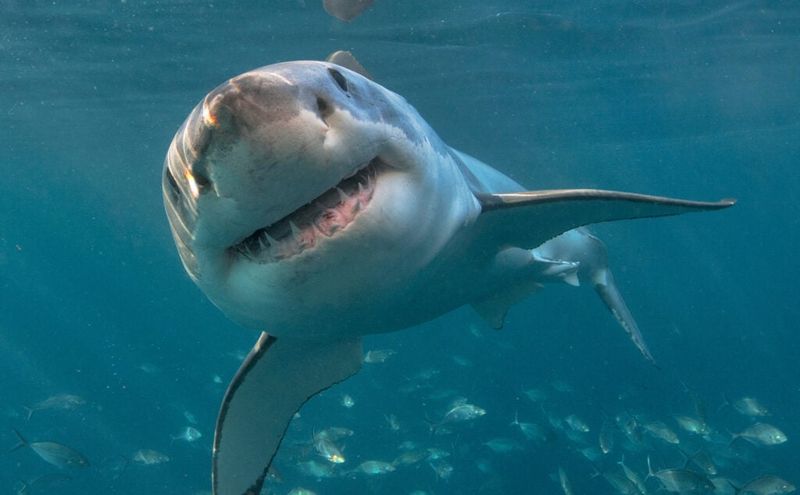
Talk about a marine detective story – this fossil is the smoking gun! Surrounding sediment contained microfossils indicating warmer ocean temperatures than today.
Nearby plant remains suggest coastal mangrove forests fringed these ancient shores, creating nursery habitats for countless marine species including baby sharks of this very species.
9. How This Fossil Was Discovered
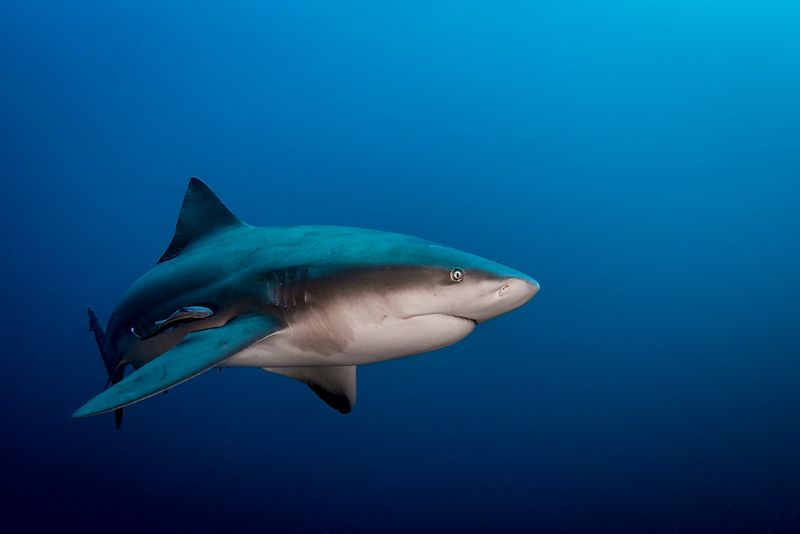
Sometimes the greatest scientific discoveries happen by pure accident! A hiking geology student literally tripped over the exposed fossil after heavy rains eroded protective layers of sediment.
What started as an embarrassing fall quickly turned to excitement when she spotted distinctive serrated edges peeking through the mud – the unmistakable sign of shark teeth.
10. Why The Desert Hides Ocean Fossils
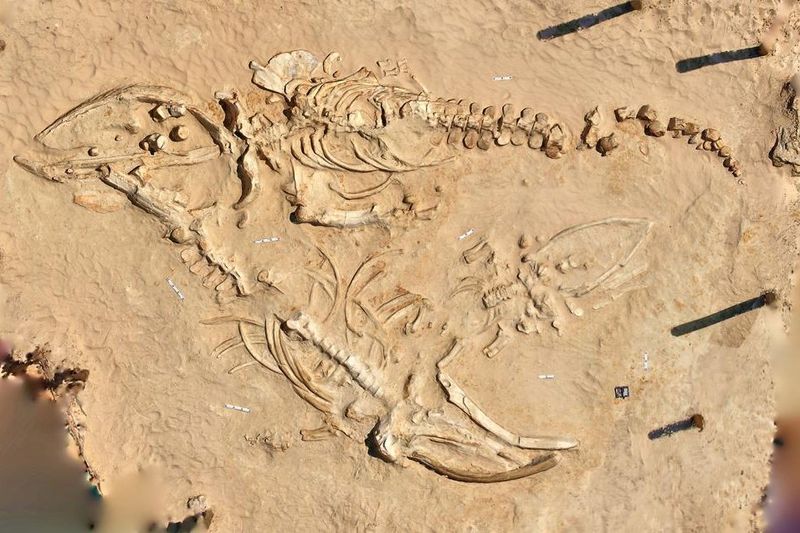
Mother Nature loves playing hide-and-seek with her greatest treasures! The fossil was found hundreds of miles from today’s coastline due to tectonic plate movement and sea level changes.
Nine million years ago, much of what’s now dry land was submerged under shallow seas, explaining why marine fossils turn up in such surprising locations.
11. Evolution Of Ancient Shark Species
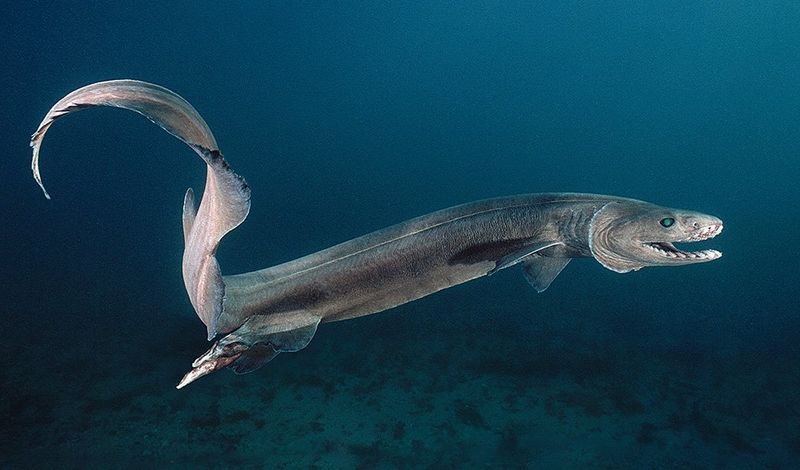
The 9-million-year-old shark fossil from Peru’s Pisco Basin belongs to Cosmopolitodus hastalis, an ancient relative of the great white shark. Fossils of this species help scientists understand the evolutionary transition between ancient shark species and their modern descendants.
By comparing tooth shape, size, and structure, researchers can trace how shark lineages adapted over millions of years. Unlike modern great whites, Cosmopolitodus hastalis lacked serrated teeth, indicating a different feeding strategy.
12. Diet And Hunting Habits Revealed
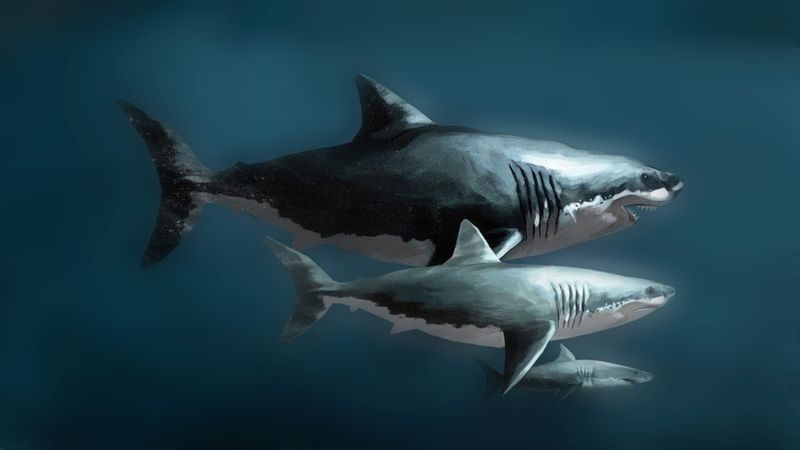
Even prehistoric sharks had favorite foods on their ancient menu! Chemical analysis of the fossil teeth revealed high levels of certain isotopes only found in specific prey animals.
This shark apparently feasted primarily on large tuna and primitive dolphin species, hunting in coordinated packs unlike most modern sharks – behavior more similar to today’s killer whales.
13. Survival Skills Of Ancient Sharks
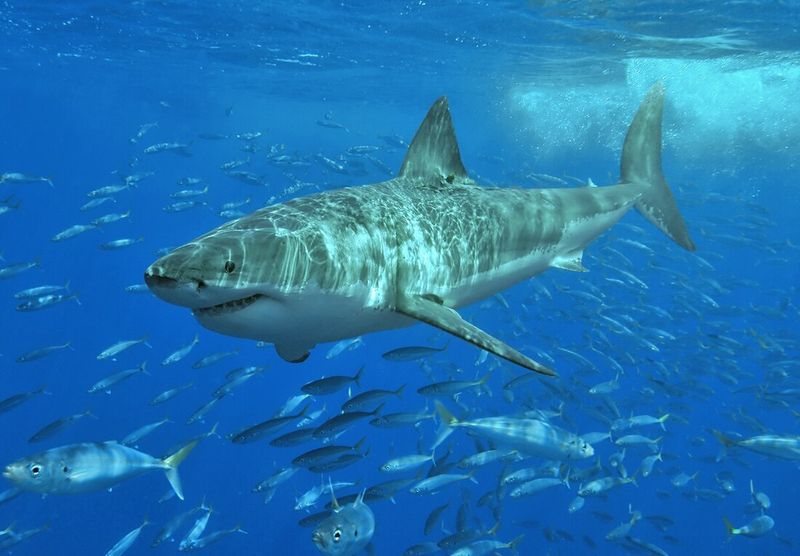
These ancient hunters had more tricks up their fins than we ever imagined! The fossil reveals specialized sensory organs similar to modern sharks but with interesting differences.
Enlarged ampullae of Lorenzini suggest heightened electromagnetic sensitivity, allowing these sharks to detect prey even in complete darkness or buried beneath seafloor sediment.
14. Why This Shark Went Extinct
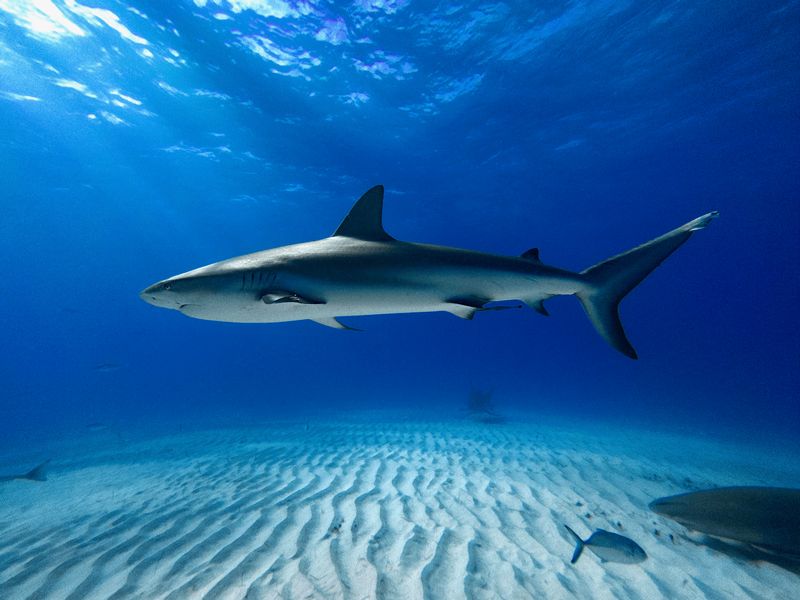
Even the ocean’s greatest predators weren’t immune to Earth’s constant changes! Unlike some mass extinction events, this shark species disappeared during a period of gradual cooling and shifting ocean currents.
Its specialized prey animals declined first, leaving these highly adapted predators without sufficient food sources, proving that sometimes even evolutionary success stories can end.
15. What We Still Don’t Know About It
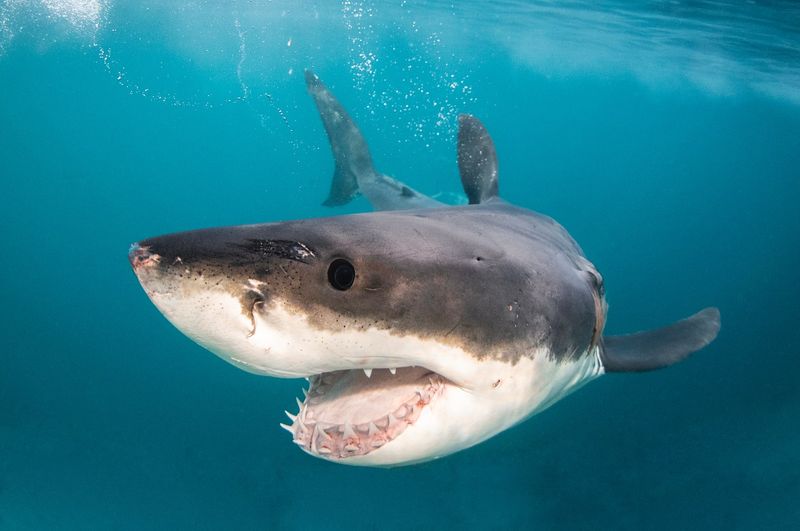
Despite the remarkable preservation of the 9-million-year-old shark fossil from Peru’s Pisco Basin, many questions remain unanswered. Scientists still debate how this ancient shark reproduced – whether it gave live birth like modern great whites or laid eggs like some other shark species.
The fossil’s environment suggests it lived in coastal waters, but its full range and migration patterns are unknown. Additionally, while its diet is inferred from tooth shape, researchers can only speculate on its exact prey preferences without further evidence.

